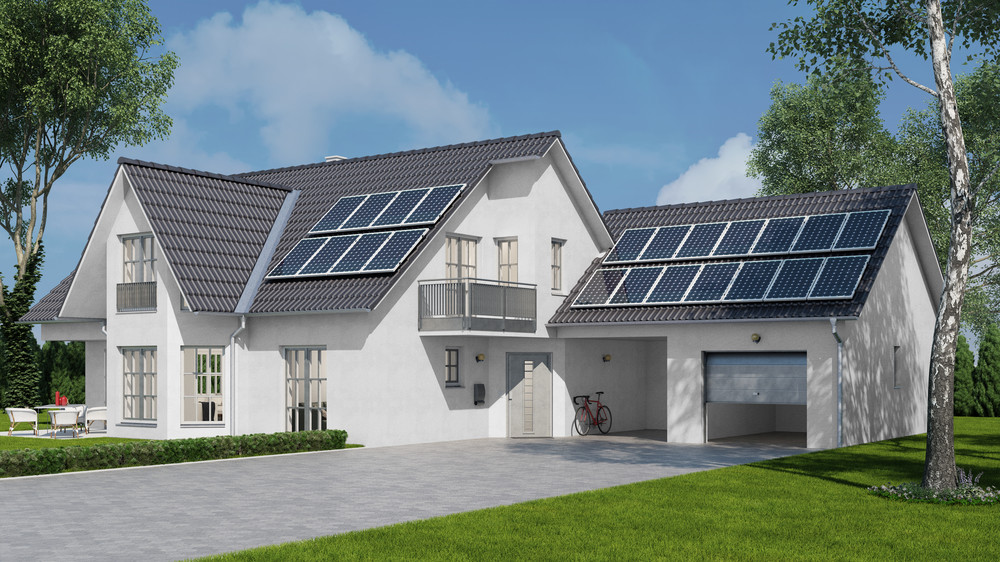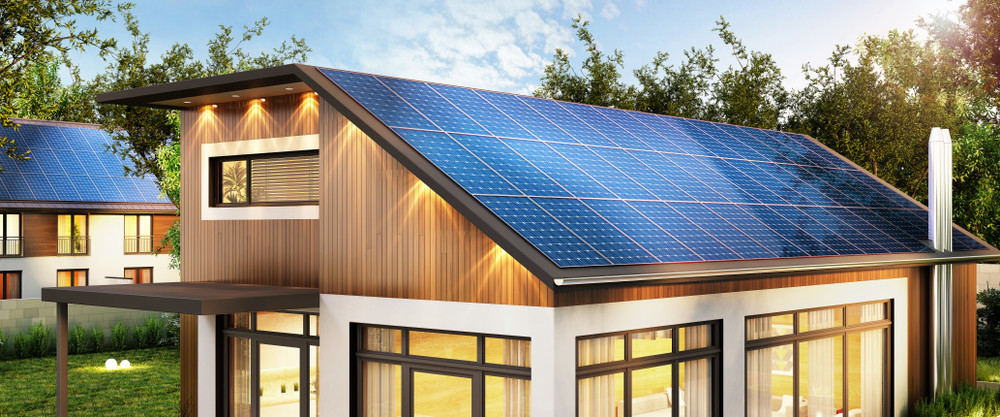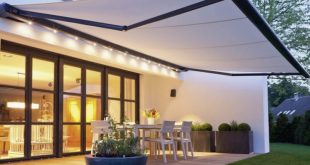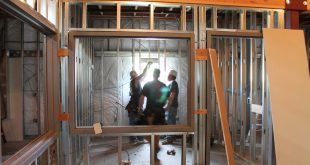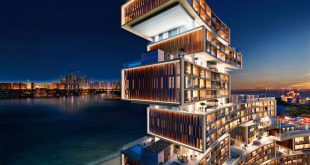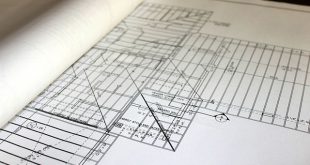It might cost a little more to design and build a house that will be sustainable in the long run, but for a house to be affordable it must be designed and constructed to last, and it must also conform to the basic principles of sustainability.
This might sound confusing, but it’s a bit like buying an appliance that uses less energy and/or water. Nine times out of ten the model will be certified by ENERGY STAR and will cost more than an appliance that isn’t certified by this Government-backed initiative. But ENERGY STAR-certified appliances help consumers to save money by reducing energy and, where relevant, water costs, without sacrificing performance. They also last longer.
Even though the linked concepts of sustainable buildings and sustainable living have only gained momentum and popularity relatively recently, it is a proven fact that energy-efficient construction reduces the long-term costs associated with owning and running a home. It also results in a more durable building which minimizes maintenance and repair costs over time. Also, while there will, of course, inevitably be maintenance costs, because energy bills are lower, it is easier to budget for these.
In essence, the concept of sustainability and affordability is not an oxymoron.
Relationship Between Affordability & Sustainability
As illustrated above, the affordability and sustainability of homes and other items are intrinsically linked. The issue for many, though, is what exactly they can afford to pay, which is why genuinely sustainable housing remains out of reach for so many people globally. This has lead to ongoing discourse and deliberation over the ability of the property sector to produce homes that are sustainable and affordable, and which both reduce operation and maintenance costs and minimize negative impacts on the environment.
One surprisingly obvious solution is to change the concept of affordability from initial capital cost to include operating and maintenance costs, and ultimately to include cost (or impact) on the environment.
The fact is that apart from the environmental benefits of sustainability, housing that can be prolonged and maintained (ie is sustainable) provides those living in the home with many advantages including:
- Decreased operating costs
- Increased comfort
- Improved health
Comfort levels are increased by improved design and energy-efficiency while health improvements result because of improved ventilation systems and the use of fewer or preferably no toxic materials. While these do rely, at least in part, on input from professionals including architects and companies offering mechanical engineering services, there is much that we, as individuals, can do to improve the sustainability of our homes.
Energy-saving improvements within our homes (for instance, swapping out old appliances for those that are energy-efficient) can reduce energy usage by around 30% and proper management plus correct use of existing technologies enables us to reduce utility bills by even more. This, in itself, makes our homes more affordable long-term. When you improve insulation, switch to solar power and/or solar water-heating and so on, affordability levels increase even more.
Integrating Sustainability & Affordability
Sustainability and affordability merge when it comes to energy costs. Similarly, building sustainability is very closely related to building efficiency and the way it performs. Even though energy costs are usually relatively small (less than 10%) in terms of living costs, energy-efficient households can save substantially.
Having said that individuals can do a lot to improve sustainability, in reality, most states and cities have introduced national standards that demand minimum performance requirements for buildings, including our homes. Compliance is usually mandatory and commonly applies to new houses. Some of the measures that may be included are:
- Orientation When deciding how to position a new house on a site, the traditional approach related to views, the layout of the house, prevailing winds, neighboring houses and so on. But the orientation of buildings has a strong influence on energy demand, so facing it south in the northern hemisphere and north in the southern hemisphere is a good rule of thumb in terms of passive solar design. But there are other considerations too, including solar gains at certain times of the day. An architect will take these into account when designing a new home.
- Insulation Good insulation is the key to creating a dependable thermal envelope around your home. If the house isn’t new, insulation might need to be upgraded. Additionally, air leaks in older homes should be identified and eliminated, for instance around windows and doors.
- Window size Windows are known to be a critical factor in sustainable building design primarily because energy flows in and out of them. The best way to control the amount of heat and light that flows through windows is window size. Of course, orientation, as mentioned above, is also a vital factor. National standards commonly include fenestration ratings that calculate the energy performance for windows. Window glazing is also widely regulated because it affects insulation.
- Renewable energy Some regulations require home owners to use at least a percentage of renewable energy. Solar energy is the simplest, easiest, and least expensive form of renewable energy to implement at home though some people use geothermal heat pumps or wind turbines. A company offering engineering solutions in Chicago, New York, or whichever city or state you live in will help to determine the most effective solution for your area and home.
- Water conservation Both rainwater harvesting and graywater processing for non-potable use are popular methods of water conservation. The most likely to be included in regulations would be rainwater harvesting because it is relatively simple to connect a rainwater tank to gutters or downspouts.
Additionally, cities and states are encouraging designers, builders, and home owners to maximize the energy-saving potential of house design.
Multiple Goals for Sustainability & Affordability
In the greater scheme of things it is essential for sustainable, affordable housing to meet many different goals.
- To be affordable, homes must be designed so that performance of the building has more value than the cost to build and maintain it.
- Energy efficiency must be maximized to minimize operating costs and ensure homes are affordable for those living there.
- Health advantages relating to indoor air quality and comfort must be maximized in every possible way including systems used for construction, selection of materials, and the design of heating, ventilation, and air-conditioning (HVAC) systems.
- Durability, which affects maintenance, and means that good quality materials and long-lasting systems will ensure that homes are more affordable in the long run.
Buying a new home is a huge commitment to make, and not just in terms of the purchase cost and those related to the transaction, but in terms of long-term running costs and repairs. The challenge is to estimate realistically, taking design and systems included in the design into account. One thing is for certain, if the latter are not energy-efficient, long-term costs are going to be higher.

 World inside pictures Collect and share the best ideas that make our life easier
World inside pictures Collect and share the best ideas that make our life easier
